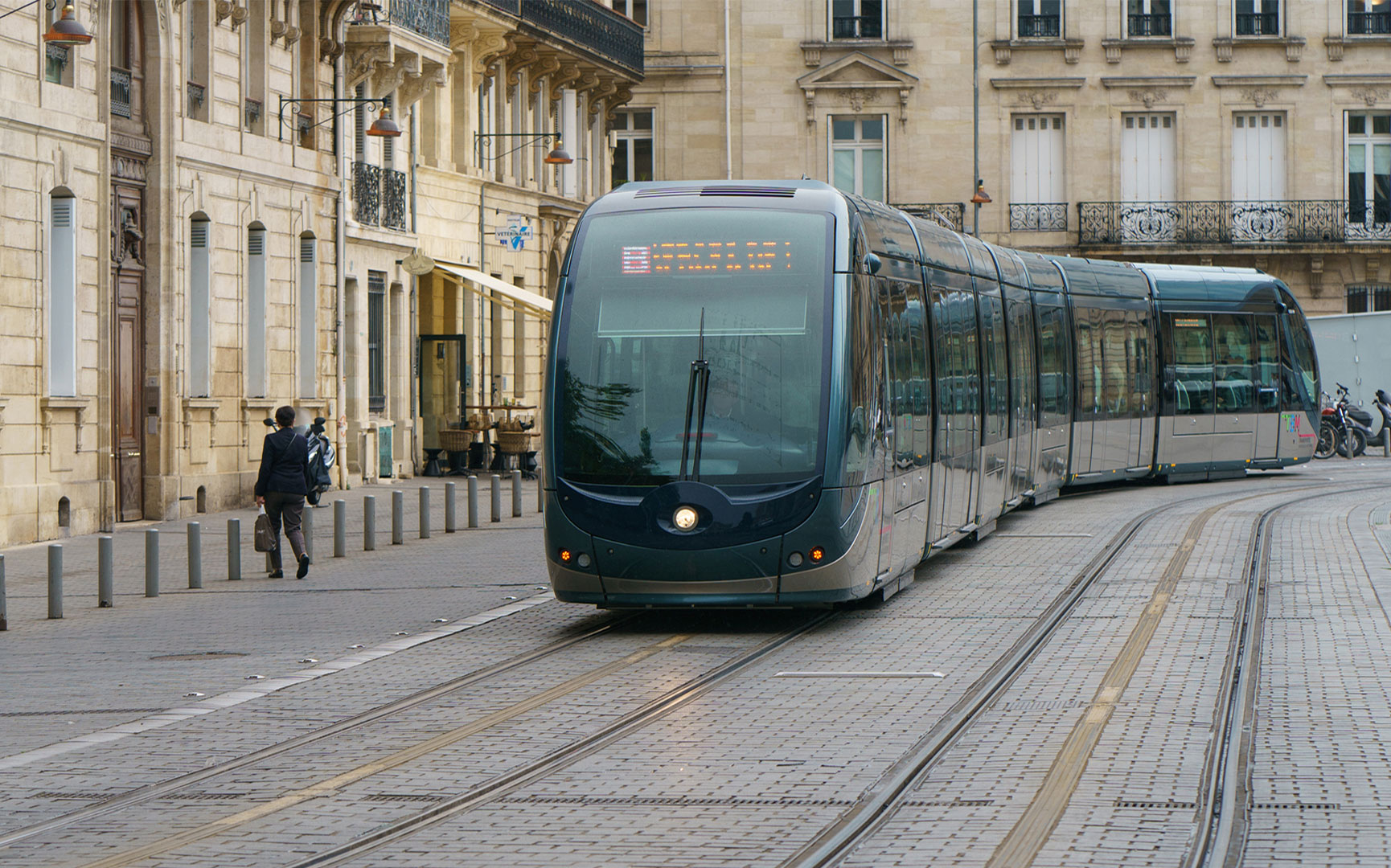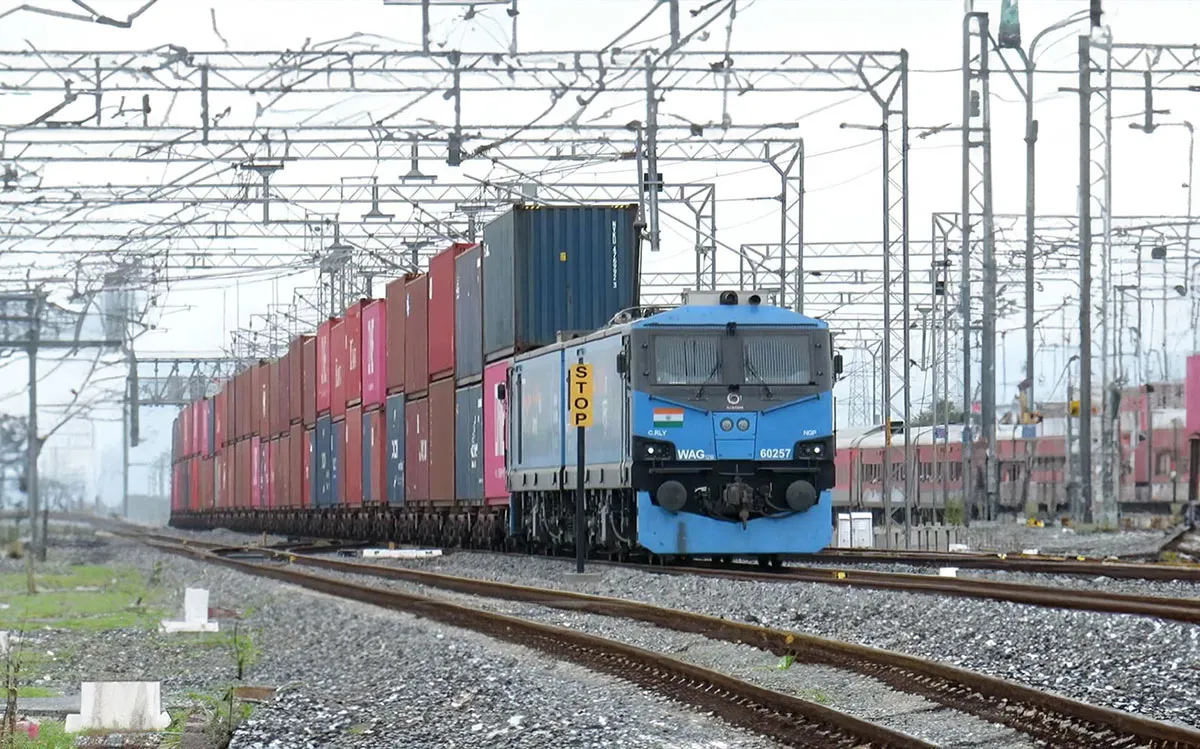Frauscher Sensor Technology has completed the divestiture to Wabtec Corporation.
Find Out MoreNotification Center

Train DetectionFrance
Extension Line D Tram Bordeaux
The Bordeaux tramway was the first French tram system equipped with a Frauscher axle counting system, benefitting from the innovative management methods like Counting Head Control.
The D line of the Bordeaux tramway is a tram line which is around 10 kilometres long. A significant challenge of D line is both the availability and reliability of the signals that allow rolling stock to move without incident.
The implementation of the Frauscher Advanced Counter FAdC® and Frauscher Wheel Sensor RSR180 support the innovative concept of Counting Head Control. The patented management method can be implemented without additional hardware and compensates counting errors which are common in urban areas.
Innovative management methods
Counting Head Control CHC is a patented concept by Frauscher which supports the availability of operations.
Patented rail claw
The Frauscher Rail Claw SK420 perfectly fits for grooved rails and has been developed especially for this field.
This might also interest you
Train DetectionUnited States of America
Tracking Trains in Houston

Train DetectionUnited Kingdom of Great Britain and Northern Ireland
Churnet Valley Heritage Railway

Train DetectionPoland
Metro Warsaw

Train DetectionSpain
Three-rail Castellbisbal
